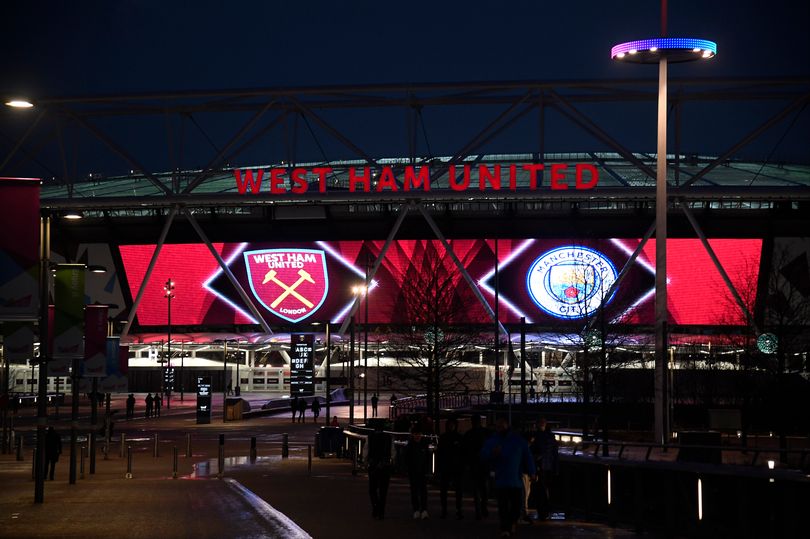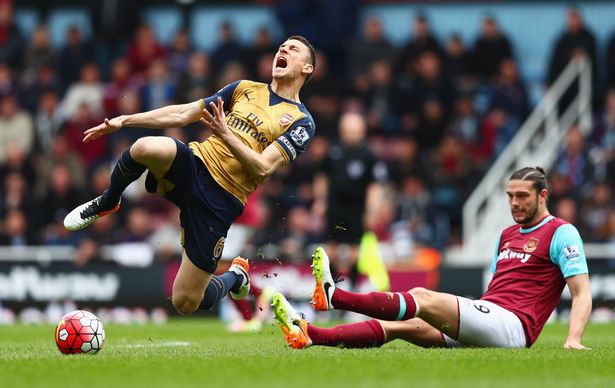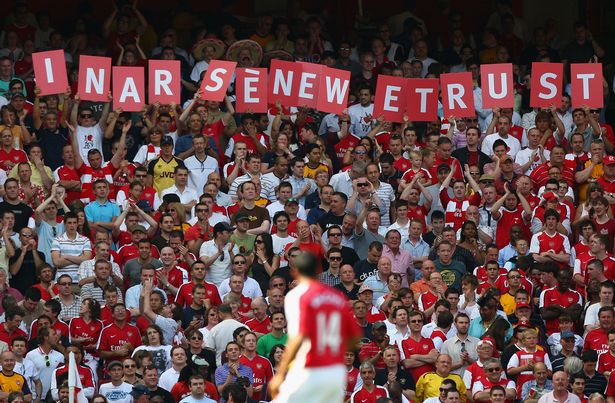Who is the biggest football club in London?
If West Ham are to break into the super elite, who are the capital's clubs standing in their way?

Written by David Dubas-Fisher for The Wharf
West Ham Utd have their on-field problems and the London Stadium hasn’t been received with untainted acclaim. However, no-one can suggest the club hasn’t got ambition.
The facilities are those of a super-club and a European contender and vice-chairman Karren Brady has made no secret of her ambition to make West Ham a brand, allied with two of the best brands in the country – London and the Premier League.
But how far has the club got to travel to make that leap. Are they still a small, local east London club that got lucky or has their status in the top flight put them in contention to challenge the elite.
Who is the biggest club in London?
It’s a concept that’s often talked about, usually in the context of transfers.
We all have an idea what it means. Chelsea are clearly a “bigger club” than Barnet, but are they bigger than Arsenal? And are Arsenal bigger than West Ham? And what about Charlton Athletic and Millwall – a club which may actually have to leave the capital ?
To try and find out which is London’s biggest club we’ve had a look at some key metrics that should hopefully shed some light on the subject.
Titles

When it comes to success on the pitch one London club has by far the best record.
Arsenal have won 43 major honours over the course of their history including 13 top-flight league titles, 12 FA Cups, one Fairs Cup (the UEFA Cup’s predecessor) and one Cup Winners Cup.
Only two of the capital’s other sides have anywhere near as impressive a record.
Chelsea have five league titles to their name as well as seven FA Cups. They’ve been more successful in Europe than Arsenal though with one Europa League title, two Cup Winners Cups and one Champions League. It puts the west London side’s trophy haul at 26, a whole 17 fewer than Arsenal.
Tottenham have won 24 major titles including two UEFA Cups, one Cup Winners Cup, two leagues and eight FA Cups. West Ham are plainly outside the top three, with five major trophies.
Club: Total
Arsenal: 43
Chelsea: 26
Tottenham: 24
• West Ham: 5
• Charlton: 1
QPR: 1
AFC Wimbledon: 0
Barnet: 0
Brentford: 0
Crystal Palace: 0
Fulham: 0
Leyton Orient: 0
• Millwall: 0
Attendances

When it comes to drawing the crowds Arsenal come out top again.
The Gunners have had an average league attendance of 59,989 this season.
West Ham have the next highest average at 56,963 followed by Chelsea with 41,516 and Tottenham with 31,473.
However, both Chelsea and Spurs have plans for big new stadiums, so perhaps judging their size based on attendance is a little unfair.
After all, Chelsea have been filling their stadium to 99% of capacity, as have Arsenal, while Tottenham’s White Hart Lane has been operating at 98% of capacity.
Team: Attendance
Arsenal: 59,989
• West Ham Utd: 56,963
Chelsea: 41,516
Tottenham: 31,473
Crystal Palace: 24,968
Fulham: 18,815
QP Rangers: 14,774
• Charlton: 11,031
Brentford: 10,172
• Millwall: 9,318
Leyton Orient: 4,506
AFC Wimbledon: 4,484
Barnet: 1,983
Wider following

Another aspect of the big club is its wider support beyond those who go to games.
With that in mind we’ve taken a look at the number of followers each London club have on their social media sites.
Arsenal have the biggest Twitter following with 8.83 million users. Chelsea have the next most with 7.77million followed by Tottenham with 1.76million.
Those figures pale into insignificance though when compared to Facebook likes.
Chelsea’s Facebook page has a massive 47.2m likes, taking their total across the two social media platforms to 55 million followers, more than any other London club. Arsenal’s Facebook page has 37.5million likes taking their total up to 46.3million followers.
Tottenham’s Facebook page has 8.2million likes taking their total to 10million.
West Ham lag further behind with 3million followers across the two platforms, while Crystal Palace have 1.5million.
Team: Total followers (millions)
Chelsea: 55.0
Arsenal: 46.3
Tottenham: 10.0
• West Ham: 3.0
Crystal Palace: 1.5
Fulham: 1.1
QPR: 1.1
• Charlton: 0.3
• Millwall: 0.2
Brentford: 0.2
AFC Wimbledon: 0.1
Leyton Orient: 0.1
Barnet: 0.0
Wikipedia views

This isn’t a traditional measure of a club’s size but the logic is simple – more views equals more interest equals bigger club.
By that logic Chelsea are London’s biggest club.
Since the start of 2015, the west London team’s English language Wikipedia page has had 6,257,072 views according to the site’s records.
That’s over half a million more than the 5,669,223 views Arsenal’s entry received over the same time. Tottenham’s entry received 3.6million views and West Ham’s 2.9million.
Club: Views since 2015
Chelsea: 6,257,072
Arsenal: 5,669,223
Tottenham: 3,644,293
• West Ham: 2,933,101
Crystal Palace: 1,859,022
QPR: 1,153,303
Fulham: 1,080,376
AFC Wimbledon: 779,461
• Charlton: 747,964
• Millwall: 606,384
Brentford: 521,350
Leyton Orient: 378,461
Barnet: 314,985
Shirt sales

A study published on sportingintelligence.com earlier this season found that Chelsea are the biggest team in London when it comes to shirt sales.
They sold an impressive 900,000 replica shirts a year on average over the last five seasons (from 2011-12 to 2015-16).
Arsenal sold the next most with an average of 835,000 a year. Tottenham sold 268,000 a year, West Ham 45,000 and Crystal Palace 25,000.
Club: Average shirt sales per year (2011-12 to 2015-16)
Chelsea: 900,000
Arsenal: 835,000
Tottenham: 268,000
• West Ham: 45,000
Crystal Palace: 25,000
Overall

It’s clear from these figures that London’s two biggest teams that West Ham have to emulate are Arsenal and Chelsea.
Deciding which one comes top depends on how much importance you place on either support or success.
Arsenal have had more success over the years than any of their local rivals. They also attract larger crowds too, though that is likely to change once Chelsea build their new 60,000 seater stadium.
Chelsea though appear to have a larger support overall with more social media followers, large online interest and larger shirt sales.


